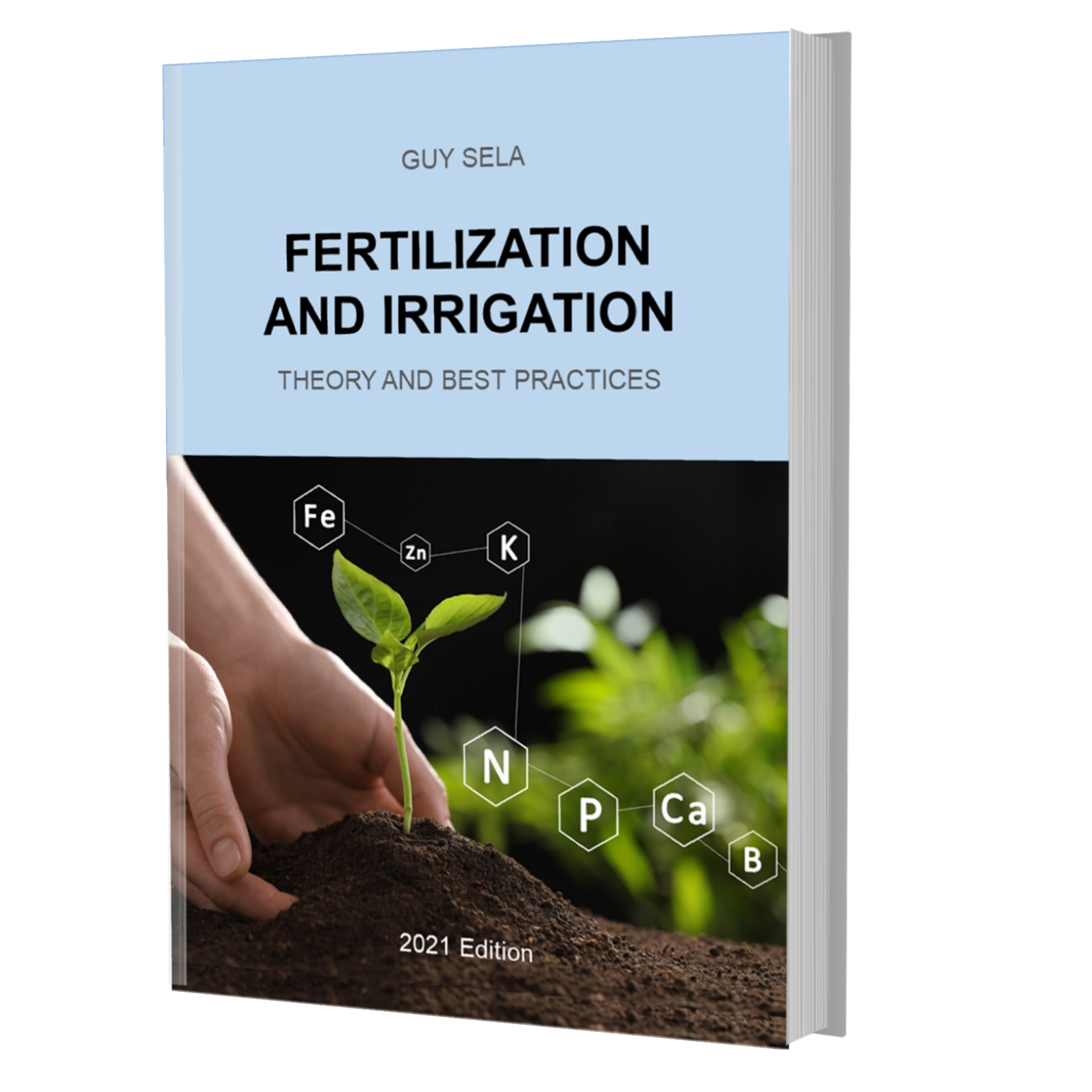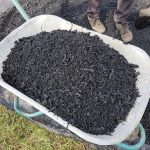Soil fertility and how to manage it
Soil fertility is vital for plant growth and productivity, and it must be managed for sustainable agriculture. In this article, we will answer some common questions about soil fertility. Questions such as:
- What is soil fertility, and how do you know if your soil is fertile?
- What are some signs of soil fertility problems, and how can they be fixed?
- How do cover crops and crop rotation improve soil fertility?
- How does organic matter contribute to soil fertility?
What does soil fertility refer to?
In simple words, soil fertility, refers to a soil rich in nutrients. However, in the broader definition, it is determined by the physical and physiochemical properties of the soil. The physical properties include factors such as soil texture, water holding capacity, the depth of the soil profile, drainage etc. Physiochemical properties refer to properties such as the cation exchange capacity (CEC), anion exchange capacity (AEC), pH and the level of available plant nutrients.
Fertile soils also allow minimizing human health risks associated with crop production. For example, it will require less fertilizer and pesticide applications.
A fertile soil:
- Contains rich organic matter, enhancing nutrient availability and soil health.
- Exhibits a high Cation Exchange Capacity (CEC), facilitating nutrient retention and exchange.
- Maintains an optimal pH level (6.0 to 7.0), promoting nutrient availability.
- Drains effectively, preventing waterlogging and fostering root development.
- Maintains a low salinity level, minimizing adverse effects on plants and nutrients.
- Provides balanced and adequate nutrient levels, supporting optimal plant nutrition.
- Possesses a well-structured profile, reducing erosion risk and enabling root penetration.
Theory and Best Practices of Fertilization and Irrigation
Take your agronomy to the next level
Available both in digital and hard copy
While some soil properties are challenging to alter, proper management practices can improve soil quality. Even in naturally infertile soils, high crop productivity can be achieved through effective management. Conversely, improper practices in fertile soils can lead to poor crop growth and yield. Therefore, it is crucial to match appropriate practices with soil fertility levels.
For example, sandy soils with low organic matter content are generally considered infertile. However, good yields can still be obtained with intensive fertilizer and water application, along with organic matter enrichment.
It is essential to note that soil fertility varies for different crops. A soil that is fertile for one crop may not be suitable for another due to differences in nutrient requirements, pH range, and root system depth.
The role of organic matter in soil fertility
Organic matter plays a vital role in soil fertility. It refers to the remains of plants, animals and microorganisms that are in various stages of decomposition. Organic matter helps to improve soil structure, water-holding capacity, and nutrient retention.
It also serves as a food source for soil organisms, such as earthworms and beneficial bacteria, that help break down organic matter into plant-available nutrients. In addition, organic matter plays a vital role in carbon sequestration, helping to mitigate the effects of climate change. Soil management practices that promote the accumulation and maintenance of organic matter, such as the use of cover crops, composting, and reduced tillage, can contribute significantly to soil fertility and overall ecosystem health.
The role of microorganisms in soil fertility
Microorganisms and biodiversity also contribute significantly to soil fertility. They facilitate the breakdown of organic matter into plant-available nutrients, through a process called “mineralization”.
Nitrogen-fixing bacteria associated with legume crops convert atmospheric nitrogen into ammonia, nitrite, and nitrate, making it available for the crop. Microorganisms assist in the availability of phosphorus, potassium, iron, boron, and other essential nutrients by solubilizing mineral or organic forms.
Iron is an essential micronutrient. Microorganisms that release siderophores, organic acids and other exudates help in solubilizing mineral iron and making it available for the crop.
Boron availability is also dependent on soil microorganisms, among other factors. Microorganisms break down soil organic matter and allow the release of boron from organic complexes.
The above are a few examples of the importance of microorganisms to soil fertility.
How to manage and maintain soil fertility
To manage and maintain soil fertility, several practices can be employed:
- Conduct regular soil analysis to balance nutrient levels, using fertilizers (whether organic or inorganic). Read more about soil test.
- Maintain and build soil organic matter: Apply compost and plant cover crops.
- Manage soil salinity, avoid accumulation of salts.
- If soil pH is too low – use lime to increase soil pH (remember that increasing soil pH may take years). Read more about soil pH and acidity.
- Apply proper irrigation practices to avoid leaching of essential nutrients and runoff.
- Consider tillage to break up large soil aggregates and compacted soils. Tillage also stimulates the decomposition of organic matter.








